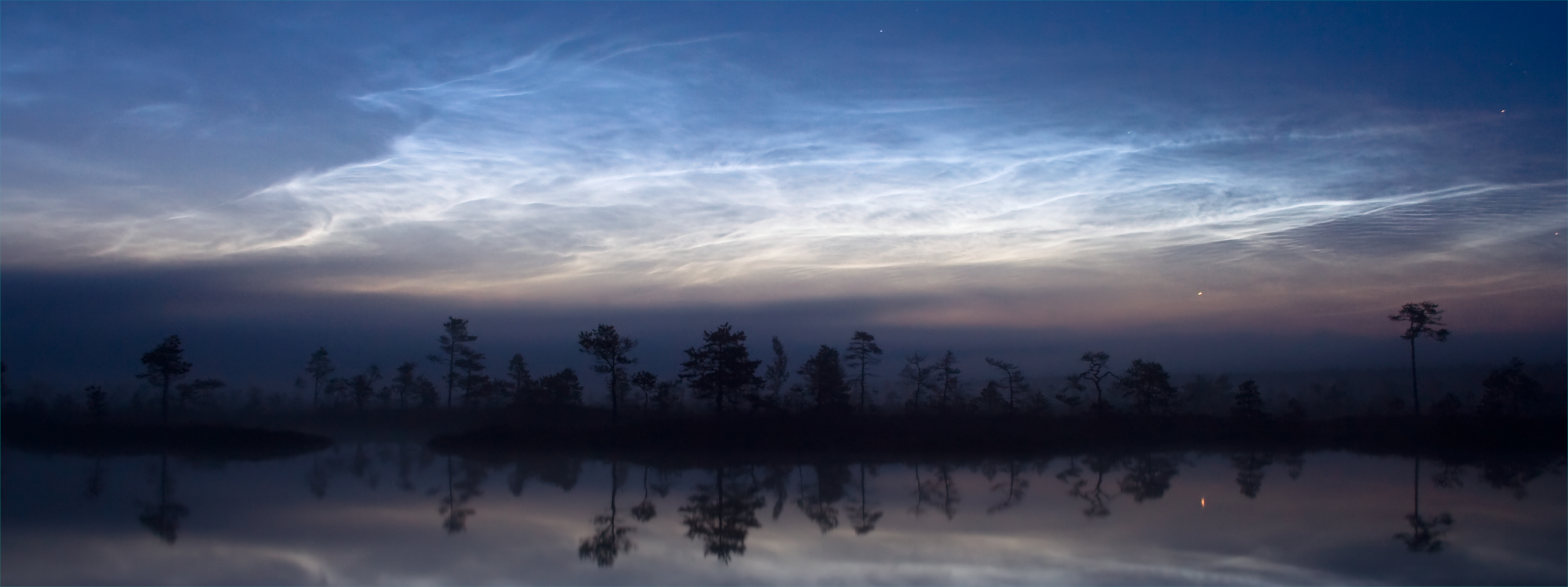Terraforming
On Earth, you bend nature. In space, nature bends you.
Terraforming is a highly ritualized process in the Seven Systems. The guidelines on this process was established in the Auckland Convention in 2154, and later affirmed at the Zurich Conference in 2200. The core principles include a thorough pre-survey aimed at establishing whether the planet was suitable for terraforming, as well as preservation of native wildlife through the establishment of preserves.
History
Well, comrades, there was a day, so long ago, when we decided to slip the surly bonds of Earth and reach out to the stars. We set a date and planned a time, and on June 15, 2154, representatives from the six space agencies and fifty-one participant countries met aboard the HMNZS Te Uira. It was a heated debate, but honestly, I'm proud of what we accomplished in Auckland.In the year 2036, the mission Breakthrough Starshot launches, sending a swarm of lightsail craft towards Proxima Centauri. By 2060, Earth recieves the transmitted data. The report is not good: Alpha Centauri is shown as a tidally-locked desert planet. However, water has been detected near the terminator line, and the magnetic field is unusually strong, thus still giving Alpha a substantial atmosphere. This begins to raise the question of colonizing these worlds. In 2045 the first colony is established on Mars, the first time humans have established a base on a different planet. Another milestone comes in 2064, when scientists manage to teleport a baseball through powerful spooky-action-at-a-distance teleporters. Such teleporters are then brought to Mars, as well as to the science base on Castillo. By the year 2150, the humans have observed Tau Ceti e with progressively better telescopes, and the chance of habitiability of the planet is over fifty percent. With FTL technology possible, and colonization seemingly imminent, the six major space agencies of the world gather an international conference on protocols for colonization and terraforming.
184 representatives from the countries of the world. Three for each of the fifty-one nations that chose to attend, another five for each of the six space agencies. And one Taoist monk that somehow snuck in. Who invited him?The Auckland conference began on June 15, 2154, and ended with the ratification of the Auckland Convention on Terraforming in December of the same year. Fifty-one nations participated, bringing 153 delegates in total. The six space agencies each also brought five delegate "experts" to weigh in on the issue. One Taoist monk somehow also got past the security, and ended up being taken in by the Chinese delegation as a non-voting member. The terraforming principles were established after heavy debate, and plans began to align along three seperate axes: CNSA's proposal, supported by RFSA, NASA's proposal, supported by JAXA, and the ESA's proposal. Eventually, a compromise was reached, and a modified CNSA proposal was signed aboard a New Zealand frigate. This proposal was then revised three times: in 2174, as a routine 20-year review of the protocol, in 2200, as a turn-of-the-century revision, and in 2204, as a 50-year review. In that period of time, the remaining five of the seven systems were discovered, and two systems were colonized: one by the CNSA, and one by NASA. The protocol faded into disuse after the Earth was destroyed.
Execution
You do not bend Nature's will. Nature bends your will.Terraforming is typically split into three different phases: Observation, Preparation, Colonization.
- Observation is the first phase of terraforming. If a target is picked out, Starshot-like probes are sent to take flyby pictures of the exoplanet or exomoon, followed by slower-moving spacecraft for extended observation. If the planet is deemed too different by Earth-based scientists, the terraforming operation is called off.
- If the exoplanet or exomoon has been selected for terraforming, preparation begins. Sterilized drones are let down on the planet for surveying. Maps are created, species are catalogued, and the drones (with intelligence comparable to humans) decide on their own where to begin terraforming.
- Finally, a large "progenitor" spacecraft, carrying a base population of humans with a teleporter, are sent to the planet or moon. This establishes a communication link between Earth and the planet. As technology progresses, and teleporters can teleport humans, the protocol is revised to include the use of human teleporters. The humans are first immunized against potential diseases, and then land in the alien world.
Primary Related Location
Remove these ads. Join the Worldbuilders Guild









Comments